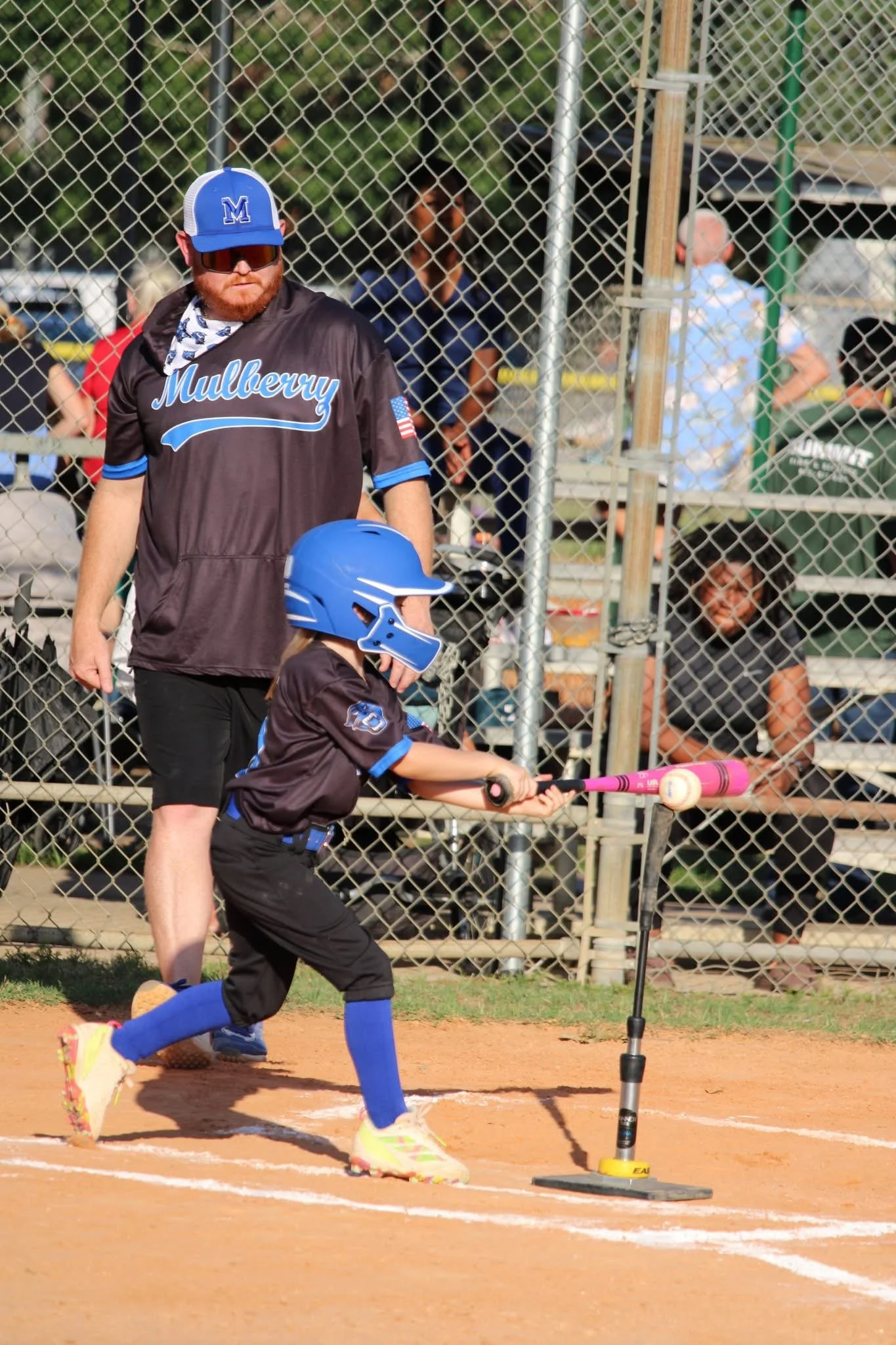CLASSES OVERVIEW
Unlike traditional coaching, PBA leverages data analytics, motion capture, and evidence-based drills to deliver personalized training plans, ensuring measurable skill improvement and alignment with Little League standards (e.g., Cal Ripken T-ball rules).
What makes PBA different?
1 on 1 Drills & Group Sessions
• Session Length: 60–90 minutes
• Frequency: 3–4 sessions per week to support faster progression.
• Components: Warm-up (5–10 min), hitting drills (20–25 min), defensive drills (10–15 min), pitching drills (10–15 min, if applicable), cooldown/review (5 min).
• Analytics: Track bat speed, attack angle, on-plane efficiency, rotational acceleration, and exit velocity for precise feedback.
• Approach: Emphasize rapid skill acquisition with challenging, engaging drills. Use analytics to correct swing flaws (e.g., low on-plane efficiency for hitting under the ball) and showcase progress to PBA clients. Advanced drills introduce complexity earlier, with faster transitions to game-like scenarios.
Team TrainING
• Session Length: 120 minutes, depending on age and group size.
• Frequency: 2 sessions per week to support faster progression.
• Components: Warm-up (20 min), Skill Development (60 min), Applied Drills/Competition (40 min), with adjustment by age.
• Analytics: Develop hitting, pitching, fielding, and teamwork skills with a precision focus, using analytics to track progress.
• Approach: Three-phase format (Warm-Up, Skill Development, Applied Drills/Competition) and incorporate analytics for hitting feedback, adjusting intensity and complexity to match each age group’s physical and cognitive development. The focus remains on precision, fun, and team synergy, with equipment and drills scaled accordingly.
Camps
• Duration: 5 days (Monday–Friday), 3 hours/day (9:00 AM–12:00 PM).
• Age Groups: 4–6 (T-ball), 7–9 (Machine Pitch), 10–12 (Kid Pitch).
• Location: Dover Facility, Local Youth Baseball Park
• Analytics: Tracks bat speed, attack angle, on-plane efficiency, rotational acceleration, and exit velocity.
• Approach: Combine fun, advanced drills, and rapid progression (3–6 months compressed into a week) to prepare players for Cal Ripken play. Daily data showcases improvements to parents.
• Program Structure: Offer tiered camps (Beginner, Intermediate, Elite) reflecting age groups and progression:
• Beginner (Ages 4–6): Focus on Tee Swing, Wiffle Ball Swing, and Rolling Grounder Matrix, progressing to soft toss by Friday.
• Intermediate (Ages 7–9): Emphasize Live Toss Angle, Overload/Underload, and Ladder Grounder, reaching live pitching by Thursday.
• Elite (Ages 10–12): Highlight Live Pitch Recognition, Weighted Bat Circuit, and Pitch Sequencing, simulating full games by Friday.



